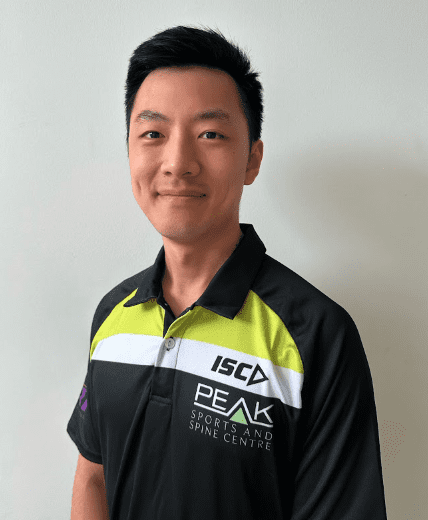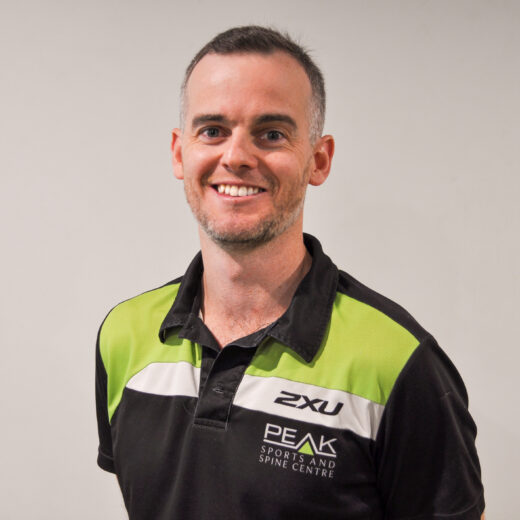
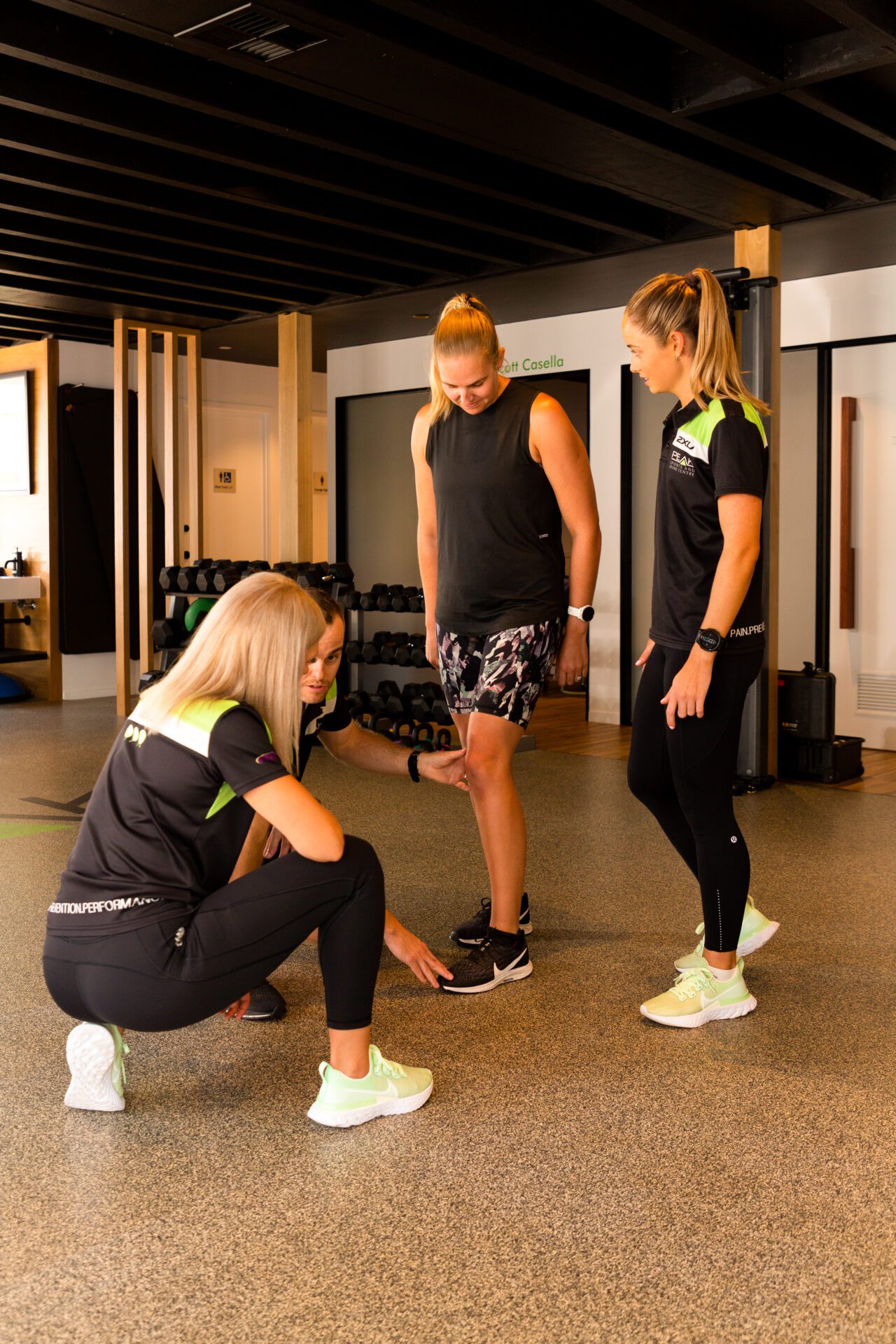
Overview
What is a Running Gait Analysis?
A Running Gait Analysis involves a detailed assessment of your running biomechanics using high-speed video capture and testing. Our multidisciplinary PEAK team will then be incorporated into your treatment plan to improve and strengthen your running technique.
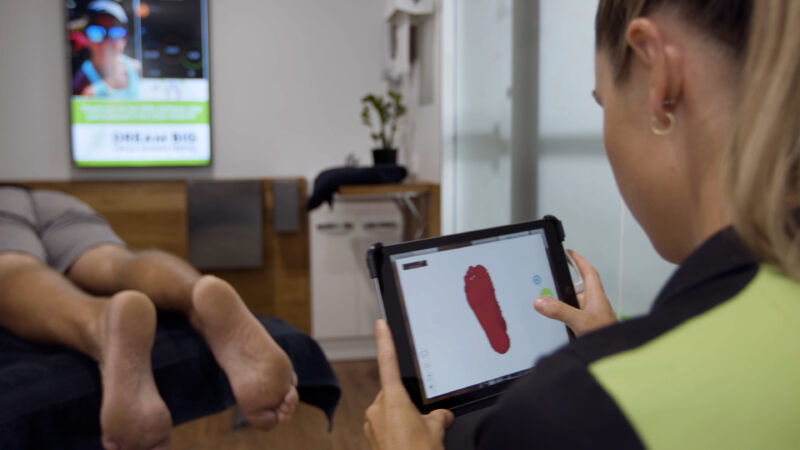
Phases of Running Biomechanics
Whilst there is not one single ideal way for every runner to move, and the most efficient technique will be individual to that person, what is consistent is the different phases of the gait cycle and how a Running Gait Analysis will break each of these down in detail to understand your running biomechanics to determine how it can be improved.

Phase 1
In the first phase we review the initial contact position of the foot and lower leg when it first touches the ground. Your PEAK practitioner will understand whether the heel or forefoot strikes the ground first, and the position of the foot relative to the knee and rest of the body.
Phase 2
The second phase assesses what is called the midstance phase where the amount of force travelling through your body from impact reaches its peak. This is where your foot sits underneath your body and 100% of the load is supported with one leg. Your foot, knee, hip, and back position will be assessed during this phase to ensure there is appropriate strength and support.
Phase 3
Finally we review the phase of the running cycle where you push off the ground, known as the take off phase. The objective of the body during this phase is to harness all of the elastic energy the body has compounded during phase 1 and 2, and transfer this energy into a propulsive force pushing you forward. Again the foot, knee, hip, and back position will be assessed during to ensure there is appropriate strength and support.
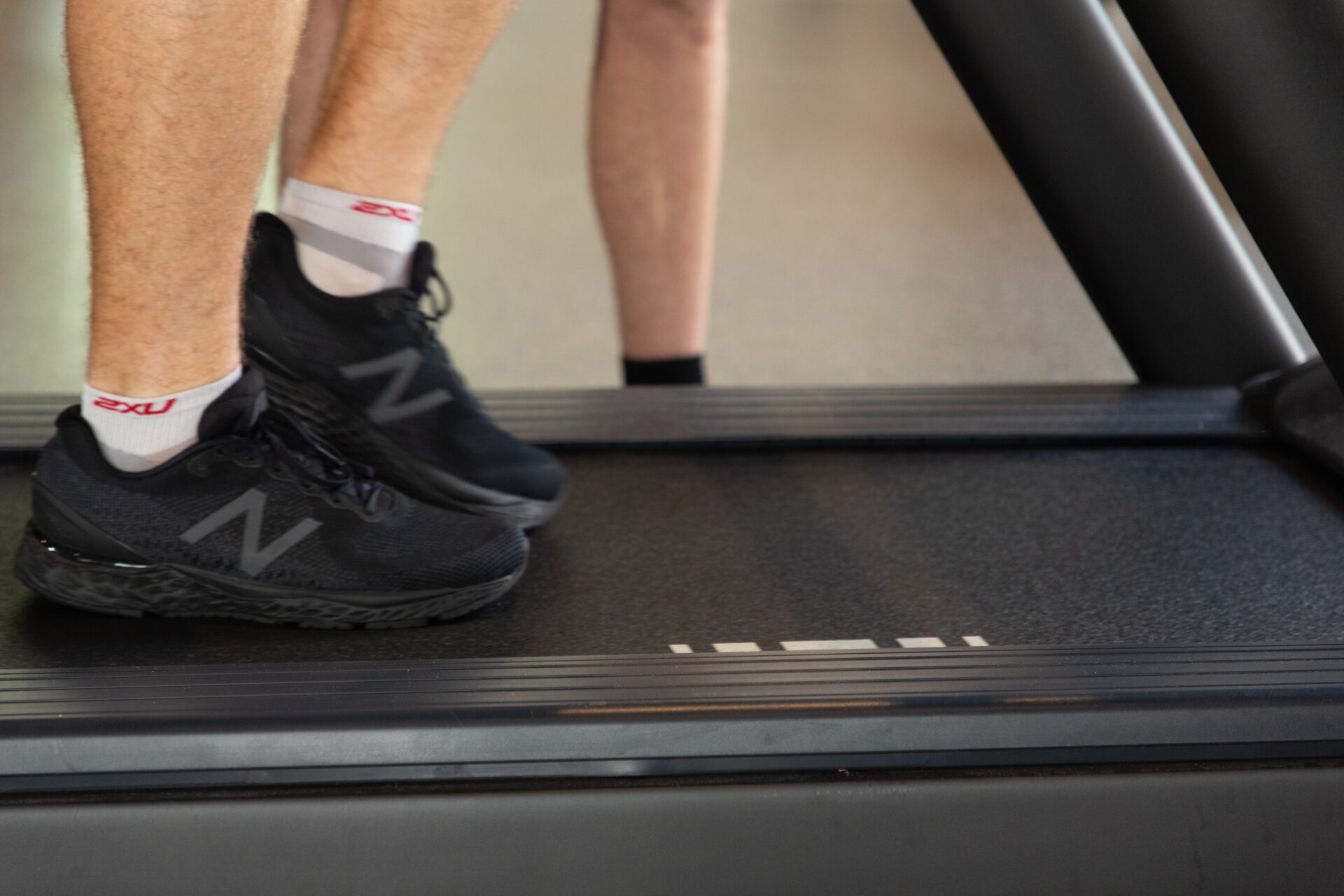
Foot Pain
One of the leading contributors to foot pain in runners can be from a poor foot strike position, as well as inappropriate footwear. A Running Gait Analysis allows for slow motion review of the biomechanics of the foot to understand if different running shoes or custom orthotics are required to improve support, or if further strengthening exercises would be of benefit to alter the foot strike position.
Knee Pain
According to Sports Medicine Australia the most commonly injured area in all runners occurs in the knee. A Running Gait Analysis allows for slow motion review of the biomechanics of the lower leg, to understand the relationship the foot and hip have on causing knee pain. A Running Gait Analysis provides information for which treatment techniques will be most appropriate for the runner, which may include dry needling, strengthening exercises, deep tissue massage, custom orthotics and Exercise Led Prevention Classes.
Shin Pain
A Running Gait Analysis provides a detailed assessment of whether the way in which the runner is functioning is contributing to their shin pain. It will provide information for which treatment techniques will be most appropriate for the runner, some of which can include dry needling, strengthening exercises, deep tissue massage, custom orthotics and Exercise Led Prevention Classes.
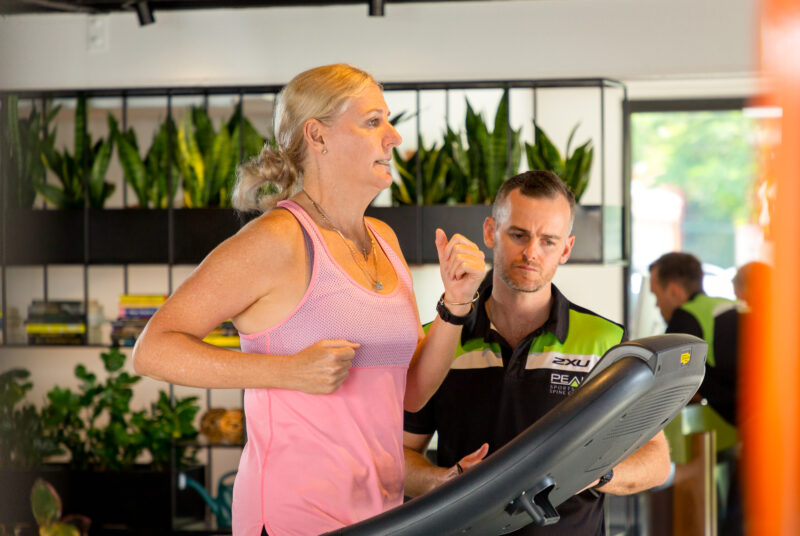
Overview
Benefits of a Running Gait Analysis
The immediate benefit of a Running Gait Analysis is to provide greater education to the runner outlining what is the most appropriate running technique to suit them. A Running Gait Analysis will identify where a runner can improve their technique to become more efficient, in addition to addressing any underlying risks of developing pain or injury. To assist with improving a runners technique your PEAK Podiatrist will prescribe (where necessary) appropriate running drills and technique cues, as well as identifying areas within the body that require further strengthening. Runners who require further strengthening can utilise Exercise Led Prevention Classes to develop a program and attend a regular class to address any weaknesses.

Team Meet our Running Gait Analysis practitioners
Want to learn more about our team?
View all Team MembersFAQs Frequently Asked Questions
A Running Gait Analysis is performed by a Podiatrist and will therefore be covered by the appropriate Podiatry item codes, recognised by private health insurers.
An appointment will require 60 mins and will include:
- A thorough injury and training history
- Filmed running analysis on the treadmill
- Accompanying strength and mobility testing
- Footwear review
- Individualised treatment plan
Wear appropriate running clothing and bring your running shoes and orthotics (if you wear them). If you wear more than one pair of shoes we encourage you to bring all of them along to allow for a more thorough assessment.
Our locations
Hawthorne
PEAK Hawthorne opened in 2012 and was extended and renovated in 2020. You see the same team whether we see you at Hawthorne or one of our other clinics. Hawthorne offers private treatment rooms and a spacious exercise area incorporating the latest equipment and technology, unrestricted single level access and off-street parking. We also provide HICAPS for real-time private health claiming.
Our locations
New Farm
PEAK New Farm opened in August 2019. You see the same team whether we see you at New Farm or one of our other clinics. New Farm offers private treatment rooms and a spacious exercise area incorporating the latest equipment and technology, unrestricted single level access and off-street parking. We also provide HICAPS for real-time private health claiming.
Let's get started — How can we help?
Physiotherapy
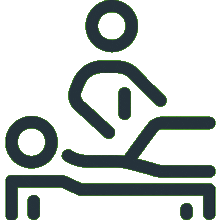
Chiropractic
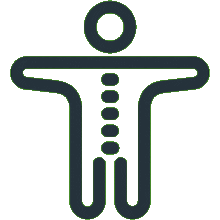
Podiatry
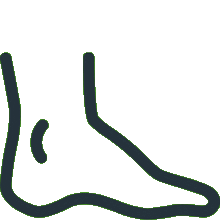
Massage Therapy
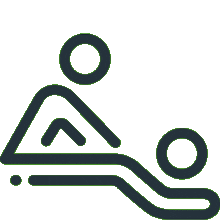
Women's Health Physiotherapy
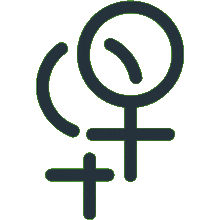
Running Program Tailored To Your Goals
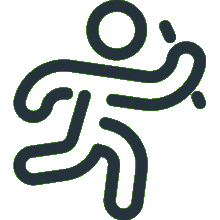
Joint Mobilisation
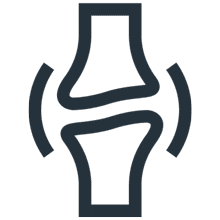
Active Release Technique
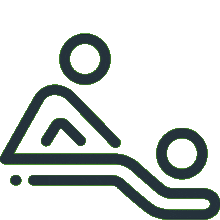
Exercise Prescription
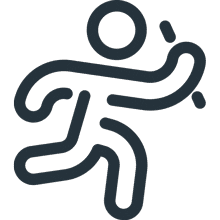
Real Time Ultrasound Imaging

Spinal Manipulation
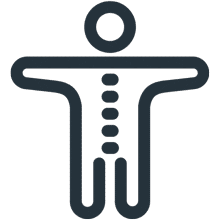
Functional Movement Screen
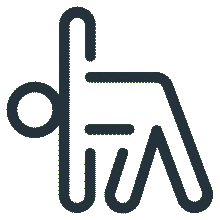
Knee Pain Treatment

Hamstring Strain Treatment
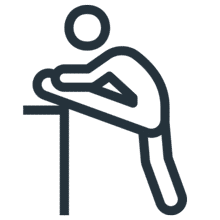
Hip Pain Treatment

Upper, Middle & Lower Back Pain

Neck Pain Treatment

Shoulder Pain & Rotator Cuff Tear

Can't find what you're after?
View all ServicesOr email the PEAK team at info@peakssc.com.au
Hawthorne
- Phone: (07) 3399 3318
- Fax: (07) 3319 6577
Address
5/171 Riding Road,Hawthorne, QLD, 4171 Get Directions
Opening Hours -
6 days per week
- Monday - Friday: 7:00 am - 8:00 pm
- Saturday: 7:00 am - 1:00 pm
To make a booking outside of business hours, please use our form by clicking here.
New Farm
- Phone: (07) 3399 4668
- Fax: (07) 3319 6577
Address
1/15 Lamington Street,New Farm, QLD, 4005 Get Directions
Opening Hours -
6 days per week
- Monday: 7:00 am - 8:00 pm
- Tuesday: 7:00 am - 8:00 pm
- Wednesday: 9:00 am - 8:00 pm
- Thursday: 10:00 am - 8:00 pm
- Friday: 7:00 am - 3:00 pm
- Saturday: 7:00 am - 3:00 pm
To make a booking outside of business hours, please use our form by clicking here.

